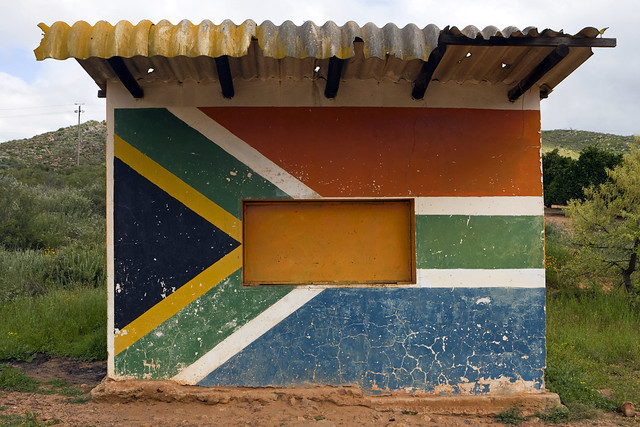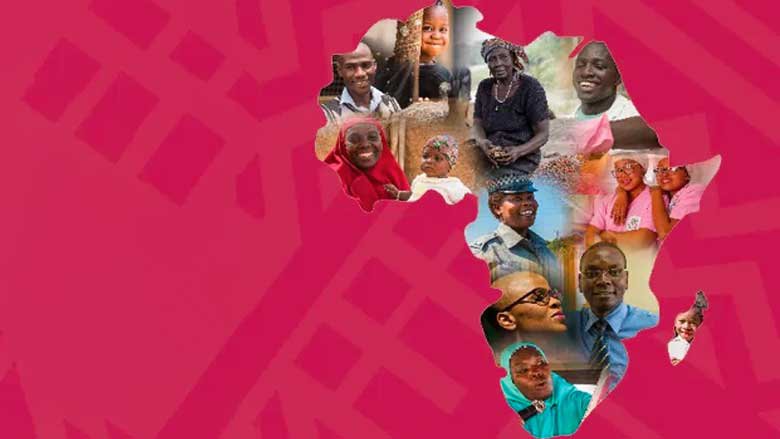South Africa’s economy has been muted over the past decade, with GDP increasing by an average of only 0.7% over the ten-year period. Several structural constraints on the supply side of the economy, such as infrastructure bottlenecks, a weak business environment, and low productivity have impeded economic growth. Electricity supply shortages have particularly constrained South Africa’s growth for several years. Rolling scheduled power cuts (load shedding) started in 2007 and intensified in 2022-2023. While sporadic and short-lived power cuts have occurred in 2025, the reliability and availability of power supply have improved substantially since late March 2024. The improvements in electricity supply have been attributed to a better management of the national power utility Eskom and high-level political support from the President and the Minister of Electricity. The opening of the electricity market to private power generation has further encouraged investment in the sector.
Weak structural growth and the COVID-19 pandemic have exacerbated socio-economic challenges. South Africa’s GDP has recovered to its pre-pandemic levels, but the strength of the recovery has been hindered by multiple pre-existing constraints. The recovery in employment continued in 2024 (355,000 jobs were added, leading to a higher level of employment than before the pandemic) but the pace of job creation has not kept up with the growing labor force, resulting in a rising number of unemployed people. The unemployment rate stood at an elevated 31.9% in Q4-2024, with women and youth persistently more impacted. Inequality remains among the highest in the world, and poverty was estimated at about 63% in 2023, based on the upper-middle-income country poverty line. In this context, the COVID-19 Social Relief of Distress Grant, introduced in May 2020, was extended for another year until March 2026, with a budget allocation of R259.3 billion. These growing social demands for government support could put the sustainability of public finances at risk if they continue.
Despite a substantial improvement in electricity supply, South Africa’s economy expanded by only 0.6% in 2024, compared with 0.7% in 2023. Growth was mainly underpinned by financial services while output in six of the ten sectors contracted. Severe weather conditions caused the weakest performance of the agricultural sector in nearly three decades. Inflation averaged 4.4% in 2024.
Following the May 2024 national elections, a Government of National Unity (GNU) was formed in June 2024, led by President Cyril Ramaphosa. It focuses on constitutionalism, economic recovery, workers’ rights, social protection, and equity. The GNU brings together 11 political parties in a power-sharing agreement and aims to rebuild South Africa’s economy through key reforms for faster growth, better service delivery, and job creation, marking a new direction for economic policy and implementation.
Key Development Challenges
South Africa has taken considerable strides to improve the well-being of its citizens since its transition to democracy in the mid-1990s, but progress has stagnated in the last decade. The percentage of the population living below the upper-middle-income country poverty line fell from 68% to 56% between 2005 and 2010 but has since trended slightly upwards to 57% in 2015 and is estimated to have reached 63% in 2024.
Structural challenges and weak growth have undermined progress in reducing poverty, heightened by the COVID-19 pandemic. The achievement of progress in household welfare is severely constrained by rising unemployment, which reached 31.9% in the fourth quarter of 2024, above the already high pre-pandemic rates. The unemployment rate is highest among youths aged between 15 and 24, at 59.6%.
Other structural challenges have also increased, including transport and logistics, which have deteriorated due to weak management of the state-owned enterprise Transnet, theft, and sabotage, constraining South Africa’s export capacity.
South Africa remains a dual economy with one of the highest and most persistent inequality rates in the world, with a consumption expenditure Gini coefficient of 0.67 in 2018. High inequality is perpetuated by a legacy of exclusion and the nature of economic growth, which is not pro-poor and does not generate sufficient jobs. Inequality in wealth is even higher, and intergenerational mobility is low, meaning inequalities are passed down from generation to generation with little change over time.
Last Updated: Apr 11, 2025








